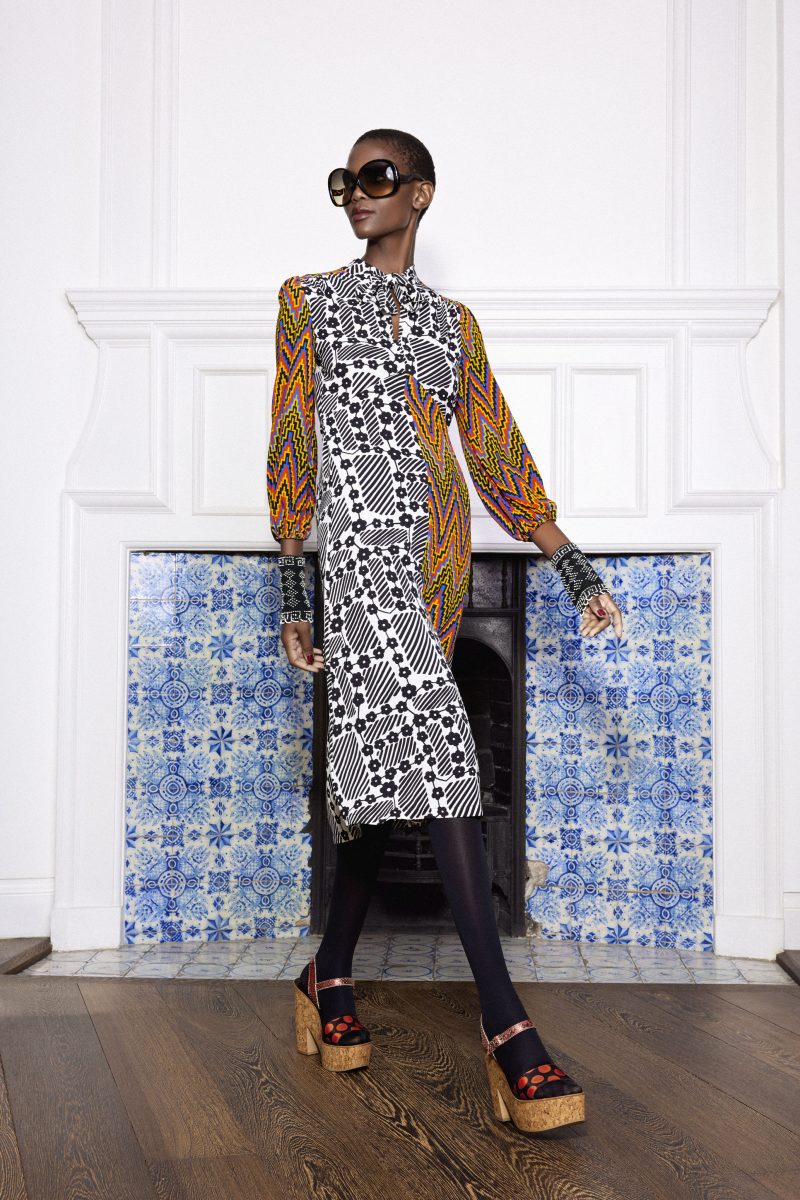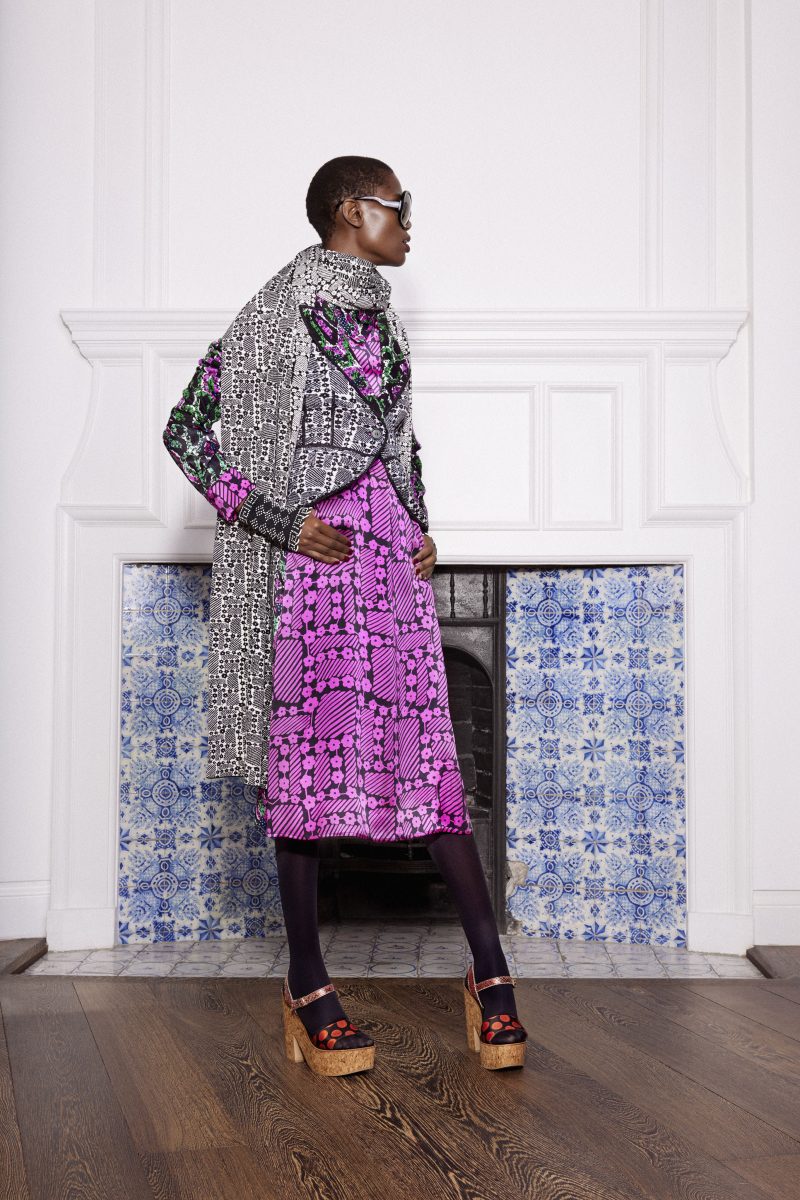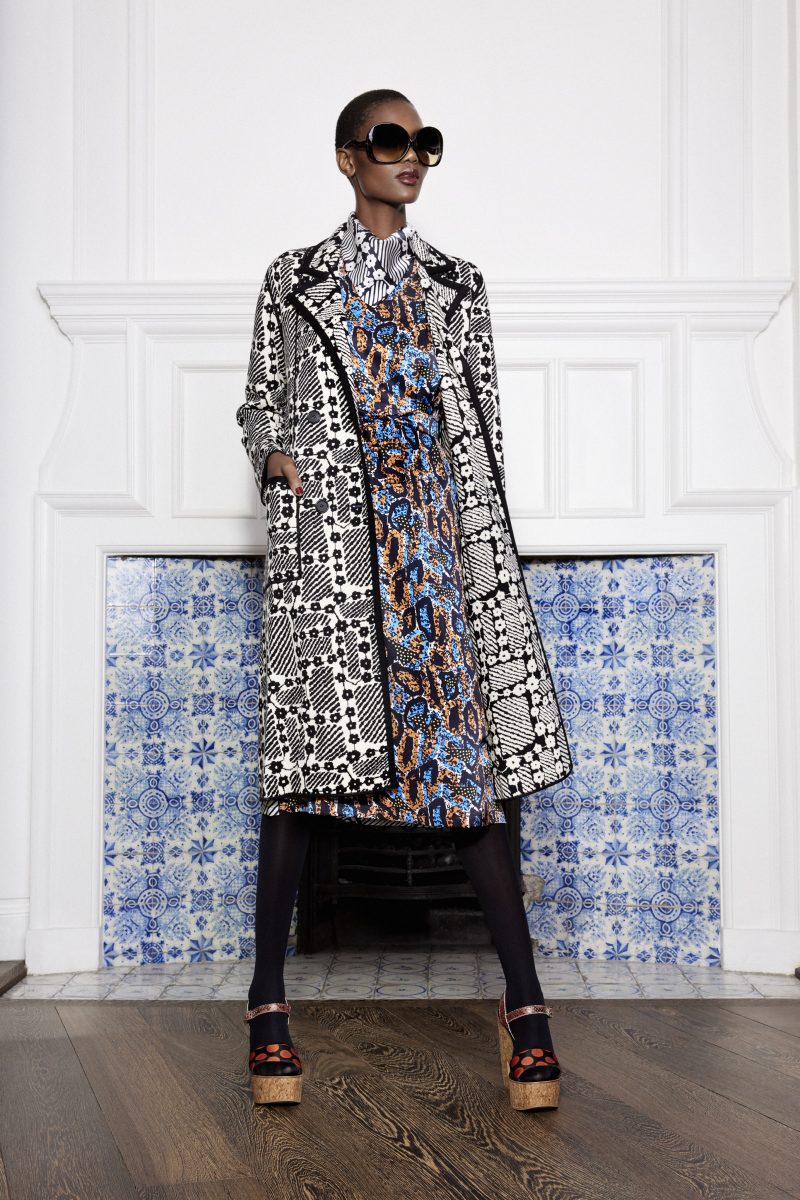
Under the Influence invites artists to discuss a work that has had a profound impact on their practice. In this edition, fashion designer Duro Olowu weaves together the influence that Jean-Édouard Vuillard and Barkley L Hendricks had on his Autumn/Winter 2021 collection
Both Jean-Édouard Vuillard and Barkley L Hendricks painted interiors as well as subjects. I find Vuillard’s work very conceptual. It is a mixture of abstraction and precise figurative painting. I love the fact that it plays with the eyes. It is very comforting to see how he doesn’t always make a distinction between the silhouettes of the clothing and the person, or that the pattern of a dress might become indistinguishable from the wallpaper. With Hendricks, it is conceptual portraiture. Everything in the room follows the figure and you feel as if the subject is in control of their surroundings.
I want to design for women, to make them feel incredibly confident. It’s all about not letting the pattern overtake. I am creating a mix that might seem jarring at first, but on closer reflection it informs the silhouette. This is something I see reflected in the work of Vuillard and Hendricks.
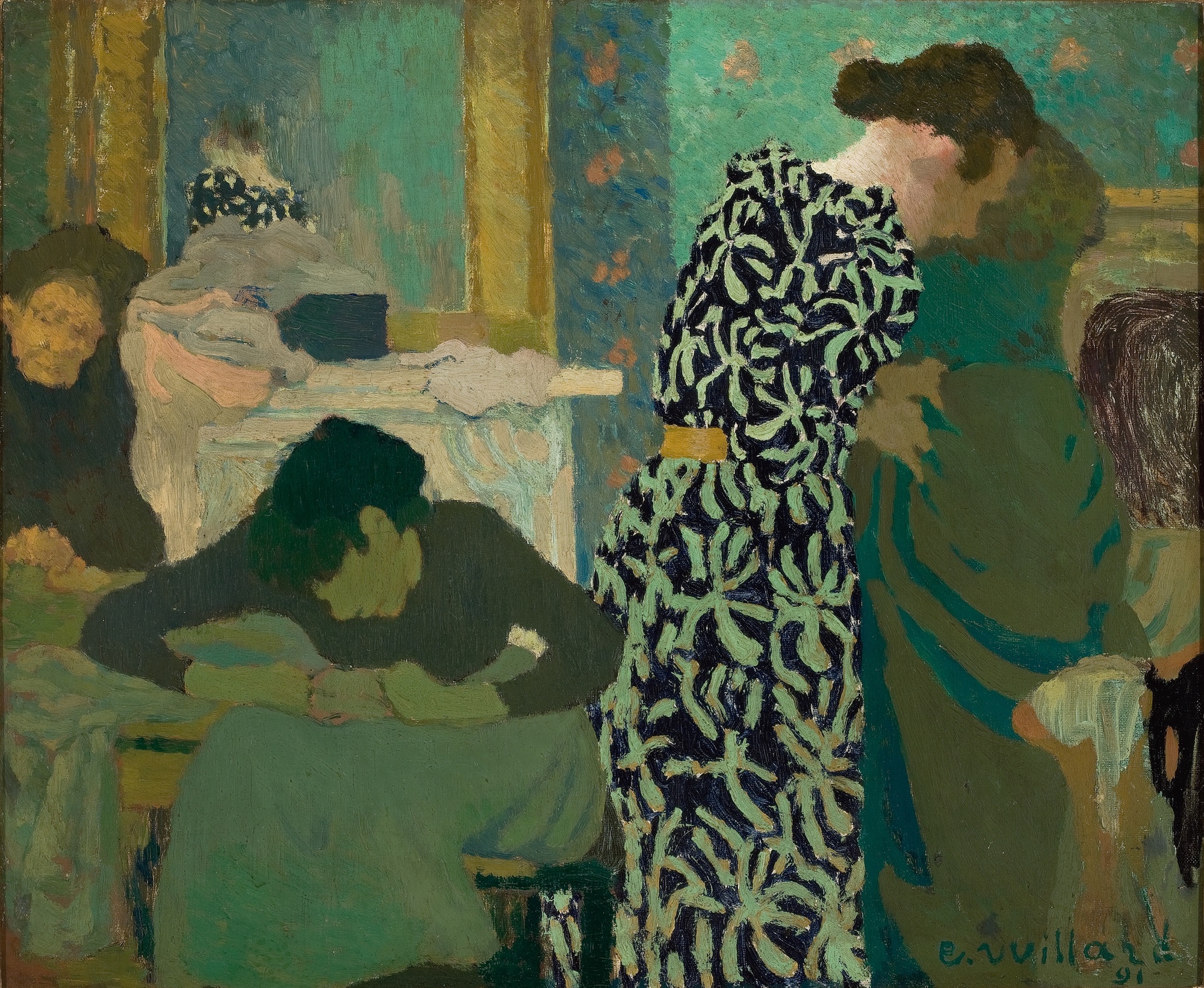
Both painters have an innate sense of respect. They are from completely different backgrounds (one a 19th-century European and the other a 20th-century African American), yet they both avoid the trap that I am aware of as a man, of men’s portraits of women being rather sexist or macho. Vuillard’s mother was a seamstress who ran her own business, his paintings of women at work were not invented scenes.
“His paintings portray a sense of dignity and sanity in a world of untenable servitude, and showed women working for themselves”
One can imagine that watching her when he was a child influenced his practice, informing ideas of how a woman works and moves. His paintings portray a sense of dignity and sanity in a world of untenable servitude, and showed women working for themselves at a time when they were only ever depicted labouring for other people.
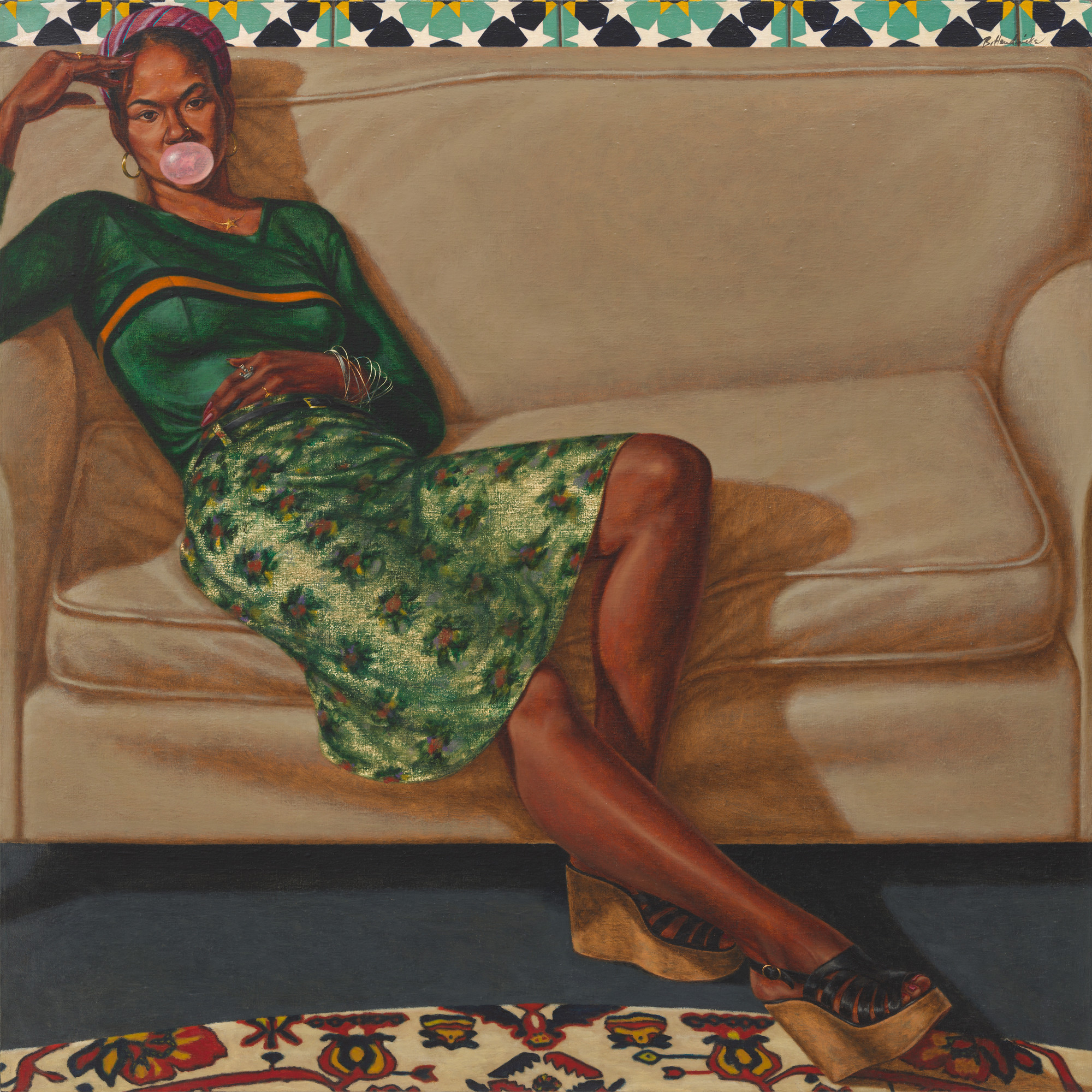
As for Hendricks, everyone he painted was someone he knew. He often passed people on the street and asked them to come to his studio. The women in his paintings always look powerful, as a result of how their clothes reveal or conceal. It is not a fantasy of sensuality or strength, it is a reality. One informed by the poise and grace of his subjects.
“The women in his paintings always look powerful, as a result of how their clothes reveal or conceal”
Apart from the complete acknowledgement of clothes and style, the precise nature of the clothing in Hendricks’ paintings is also mind boggling. You recognise these garments, whether it is the type of trousers, or a sleeve you have seen worn by your sister or friends. These were exactly the clothes my cousins wore in the 1970s in London going to Lovers Rock parties. The way a shirt is tucked in, or a skirt is draped… other artists don’t capture that. As a designer, I sketch and imagine clothes in a similar way. I always imagine how the fabric will twist and turn with the body.
The power that comes from the depiction of clothing is the same in Vuillard’s work. The garments in his paintings stand out in a way that gives the subject even more resonance in our eyes. It is not about who or what the woman is wearing, it is about choice, deciding on the sort of uniform you want to have. It relates to mixing patterns and prints. People always say to me, “Why are you working with all these mixes?” and I explain that true style is intuitive, it is not a trend. Both Hendricks and Vuillard embody this idea, that everything flat when made, comes to life when worn.
This article appeared in Elephant 46: Autumn Winter 2021, available to buy here
Under the Influence
Discover the connections between today’s creatives and the artists who helped shape their work
READ MORE
